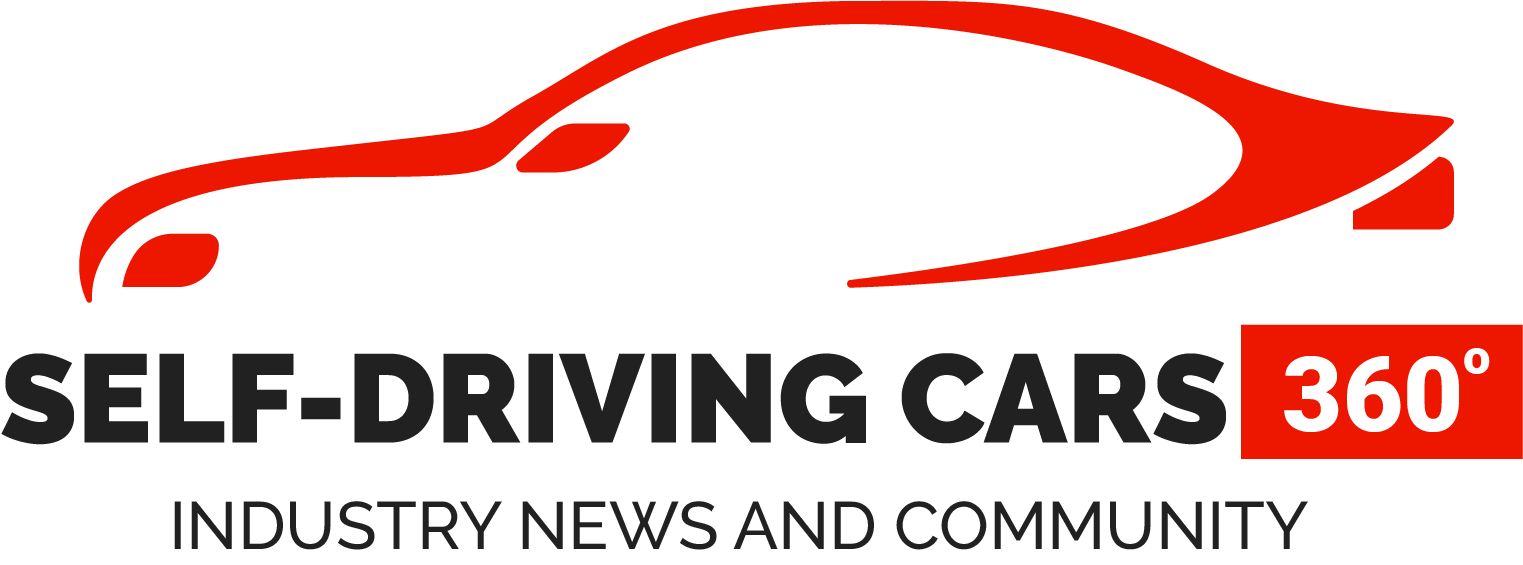I dove into Waymo’s automotive partnerships and Mobile’s automotive partnerships this week, and I wanted to do the same with Nvidia. However, Nvidia is a bit of an interesting case because it creates partnerships at various levels and in various ways with automakers.
For example, many don’t realize that Nvidia still works closely with Tesla. Tesla’s data center, “where they do all the training for the AI, is based on Nvidia,” Danny Shapiro, Senior Director of Automotive at Nvidia, recently told CleanTechnica in an interview with Alex Voigt.
Nvidia creates GPUs (graphics processing unit) and SoCs (systems on a chip) that are simply bought by automakers or their tier 1 suppliers and used in various cars on the road today. Nvidia can also work much more closely with automakers to jointly develop hardware and software systems. Mercedes-Benz just recently partnered with Nvidia, and Shapiro told us that Nvidia is helping Mercedes to build a full vehicle lineup around a “software-designed-architecture” that will be based on an Nvidia supercomputer, and that Nvidia will also help develop the full software stack on top of that with Mercedes. Shapiro envisions the future of these vehicles getting apps and over-the-air software updates much like your smartphone (or a Tesla) does. It was not clear to me from the discussion how voluminous Shapiro expects the addition of apps to get — Apple iPhone level or current Tesla level? But I will explore that topic with Shapiro or someone else from Nvidia for future articles.
Shapiro reiterated strongly and clearly, but also quickly, what George Hotz also emphasizes routinely, including in short Q&A with CleanTechnica in 2017 at the rEVolution conference in Paris and in an interview with Lex Fridman last year: you need to build cars around supercomputers and AI, not try to simply tack disparate tech components onto an old-school (“dumb”) car. The way cars have historically been built, “take a legacy car and start adding components to it,” just doesn’t cut it any more — something that Tesla essentially made clear 8 years ago but traditional automakers have taken a long time to accept. At this point, you really need to “start with an AI supercomputer in the car and then build the software around it.”
That’s the big conclusion and starting point that every automaker needs to have accepted by now if it wants to survive. As Chinese electric vehicle (EV) startup Xpeng puts it, it’s about building a “smart EV,” not just an EV. The questions are, who has a hand in building the supercomputer AI and software in that smart EV, and to what degree? If Nvidia does 90% of the work, will Nvidia get 90% of the profits? How much can a company like Mercedes or Volkswagen contribute and create an innovative, leadership position in this field? That’s not entirely clear, and it wasn’t clear to Alex Voigt in his discussion with Shapiro. We will also try to dig in more to those questions in followups, but hopefully this sets the foundation for how you, and we, can think about the tech and these partnerships. Going forward, instead of just saying that a tech company is partnering with an automaker on this kind of thing, we should develop a checklist to see how deeply they are partnering. (Side note: major media organizations should do the same, in my opinion, but I can’t imagine them going down that road — another reason to subscribe to CleanTechnica and support our work if you’d like to see us expand our output and analysis.)
Importantly, while Nvidia started out as a hardware company and is best known for that, Shapiro highlighted that it is now more of a software company than hardware company. Hint, hint.
With that “intro” out of the way, I wanted to go through some of the partnerships and announcements we’ve seen in the past with regards to Nvidia to try to consider the extent of the relationships and the implications.

Tesla, 2016–2019: “Nvidia supplied Tesla with the hardware 2.0 computer that started getting installed in all Teslas produced from October 2016. This was based on the Drive PX 2 platform. “
Elon Musk famously announced at Tesla Autonomy Day last year that the company had developed its own SoC and Full Self-Driving computer and would stop using Nvidia’s hardware for these purposes. The reason, in part, was that Nvidia’s offering was broadly based for multiple segments of the market and not tailored enough to an automobile, specifically a Tesla. Developing its own SoC, Tesla was able to optimize the specific performance it needed at much greater efficiency because it was tailored to “one” application — use in a car.



“The other main benefit of making their own chip is the ability to lower the cost for Tesla (by some 20%). The FSD computer was designed by Pete Bannon and his team — Pete is renowned for previously having designed Apple’s A5 through A9 CPUs, amongst other achievements. The FSD computer is made for Tesla at a Samsung fabrication facility in Texas.”
Source: cleantechnica.com




GIPHY App Key not set. Please check settings